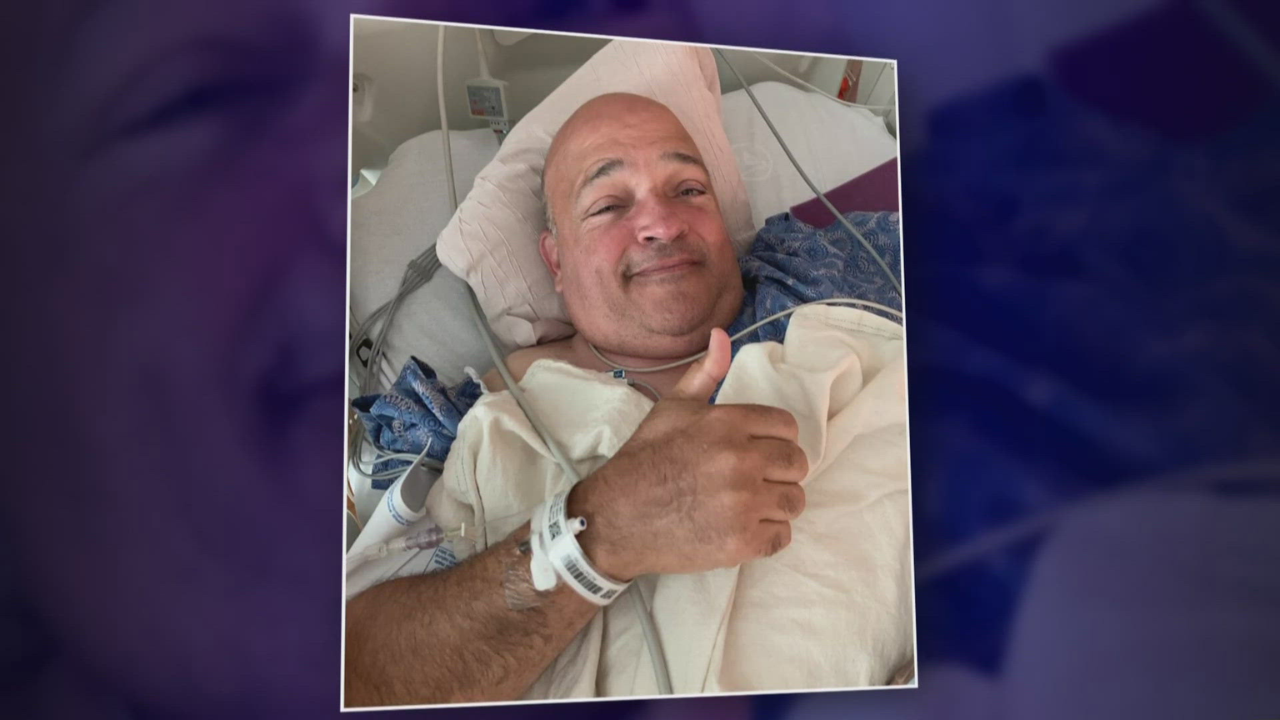Virtual reality (VR) is changing the way doctors perform surgery and helping patients get better results. This new technology is making surgeries safer and more precise.
It allows doctors to plan and practice complicated procedures before operating on a patient. Many hospitals now use VR to improve how surgeries are done, offering patients a fresh chance at better health.
VR works by creating a 3D digital world that surgeons can explore. Before surgery, doctors use VR to study a patient’s unique anatomy in detail.
This helps them understand the exact problem and figure out the best way to fix it. For example, in heart surgery, VR can show the surgeon a clear view of the heart’s structure and the affected areas. This detailed view reduces risks and helps avoid mistakes during the operation.
Doctors say VR training also improves their skills. Surgeons can practice surgeries in a virtual setting without any risk to patients.
This way, they become more confident and prepared. VR simulators offer real-life experiences, including how organs feel and respond, which was not possible before. As a result, surgeons can handle complex surgeries more effectively.
Patients benefit a lot from VR in surgery. Because doctors plan better and perform more accurate operations, recovery times are often shorter.
Patients face fewer complications and can go home sooner. For many people, this means getting back to their normal life faster. VR also helps reduce the chance of infections because surgeons make smaller, more precise cuts.
Hospitals around the world are investing in VR technology. They believe it will change medicine forever. Beyond surgery, VR is also used in physical therapy and pain management, showing its wide range of uses in healthcare.
Experts expect that in the coming years, more types of surgeries will use VR, improving outcomes for many patients.
Despite the benefits, VR technology still has some challenges. It requires expensive equipment and training for doctors and staff. Not every hospital can afford these costs yet.
However, as technology improves and becomes more affordable, VR is expected to become a common tool in operating rooms everywhere.
Patients who have experienced VR-assisted surgery often share positive stories. Many say they feel safer knowing their doctor had practiced the surgery beforehand. The detailed preparation and advanced technology give them hope for better treatment and faster healing.
Virtual reality is no longer just for gaming—it is becoming a powerful tool to save lives and transform medicine.
In summary, virtual reality is opening new doors in the field of surgery. It helps doctors operate with greater accuracy, reduces risks for patients, and speeds up recovery. As more hospitals adopt this technology, millions of patients may get a new chance at life through safer and more effective surgeries.






